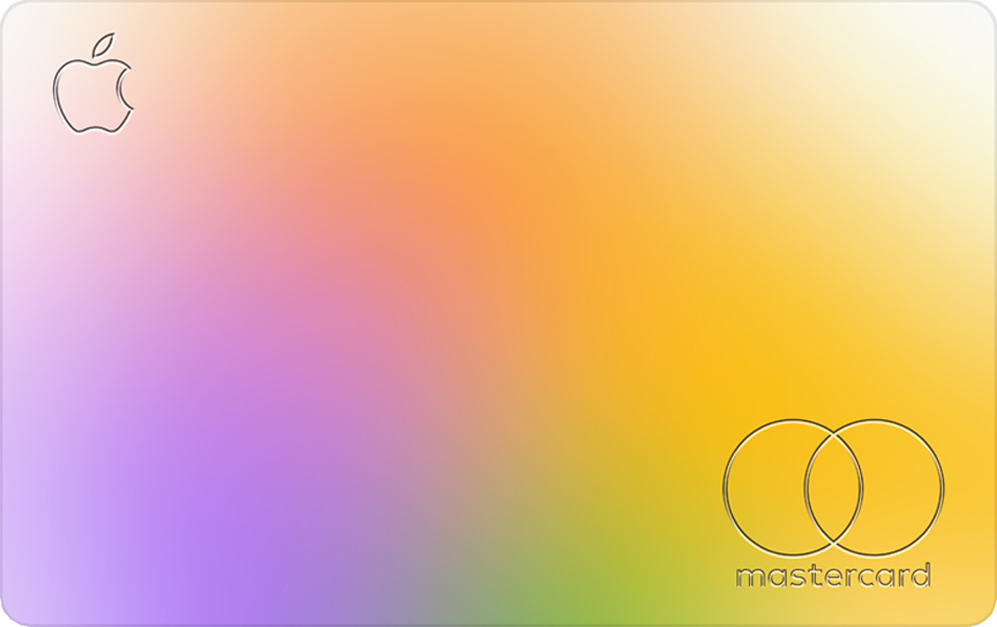In the realm of credit cards, the Apple Card stands out as a beacon of innovation and user-centric design. However, like any financial product, it comes with its own set of pros and cons that prospective applicants should carefully consider before diving in.

Pros:
- Fee-Free Structure: One of the most appealing aspects of the Apple Card is its fee-free structure. Say goodbye to annual fees, late fees, and international transaction fees that often plague traditional credit cards. This fee transparency allows cardholders to manage their finances more effectively without the fear of unexpected charges.
- Daily Cash Rewards: The Apple Card’s Daily Cash rewards program is a major draw for many users. With every purchase, cardholders earn a percentage of their spending back in Daily Cash, which can be used immediately, saved for future purchases, or even invested. Unlike traditional rewards programs, Daily Cash never expires, offering long-term value to users.
- Enhanced Security: Leveraging advanced technologies such as Face ID, Touch ID, and Apple Pay, its prioritizes user security and privacy. Each transaction is authorized with biometric authentication, reducing the risk of unauthorized use. Additionally, Apple Card generates unique transaction codes for every purchase, further safeguarding cardholder data.
- Seamless Integration: As part of the it ecosystem, the Apple Card seamlessly integrates with other Apple services and devices. Cardholders can easily manage their finances through the Wallet app, track spending patterns, and receive real-time notifications. Furthermore, Apple Pay compatibility ensures a hassle-free checkout experience at millions of merchants worldwide.
Cons:
- Limited Compatibility: While Apple Pay is widely accepted at many merchants, there are still establishments that do not support this payment method. As a result, cardholders may encounter situations where they are unable to use their it for transactions, particularly in regions with lower adoption rates of contactless payment technology.
- Variable Interest Rates: Although the it offers competitive interest rates compared to traditional credit cards, the exact rate can vary depending on the applicant’s creditworthiness. Cardholders with lower credit scores may be subject to higher interest rates, potentially offsetting the benefits of the fee-free structure and rewards program.
- Exclusivity: The Apple Card is designed specifically for Apple users, limiting its accessibility to individuals outside the Apple ecosystem. Non-Apple users or those who prefer alternative mobile platforms may find the Apple Card less appealing due to its exclusive nature.
- Limited Credit Building Opportunities: While the Apple Card can help users build credit history and improve their credit scores with responsible usage, its impact may be limited compared to traditional credit cards offered by major financial institutions. As a result, individuals looking to establish or rebuild credit may need to explore alternative options.
How to Apply for the Apple Card:
Applying for the Apple Card is a straightforward process that can be completed online through the official Apple website or the Wallet app on compatible iOS devices. Here’s a step-by-step guide:
- Visit the Official Apple Website: Navigate to the Apple Card section of the Apple website using a web browser on your computer or mobile device.
- Click on “Apply Now”: Locate the “Apply Now” button or link on the Apple Card webpage and click on it to initiate the application process.
- Enter Personal Information: Provide the required personal information, including your full name, address, date of birth, and Social Security number. This information is necessary for identity verification and credit assessment.
- Verify Identity: Follow the prompts to verify your identity using the information provided. You may be asked to upload a photo of your driver’s license or other identification documents for verification purposes.
- Agree to Terms and Conditions: Review the terms and conditions of the Apple Card agreement carefully, including the interest rates, fees, and rewards program. Once you’ve read and understood the terms, indicate your agreement to proceed with the application.
- Submit Application: After completing all required fields and agreeing to the terms, submit your application for review. Apple will conduct a credit check to assess your creditworthiness and determine your eligibility for the Apple Card.
- Receive Decision: Upon submission, you will receive an instant decision on your application. If approved, you will receive your virtual Apple Card immediately, which can be added to the Wallet app on your iOS device for immediate use. Additionally, a physical titanium Apple Card will be mailed to your registered address for in-person transactions.
In conclusion, the Apple Card offers a compelling combination of benefits, including fee transparency, generous rewards, enhanced security, and seamless integration with the Apple ecosystem. However, prospective applicants should weigh these advantages against the card’s limitations, such as limited compatibility, variable interest rates, exclusivity, and credit building opportunities, before making a decision. By carefully considering these factors and following the application process outlined above, individuals can determine whether the Apple Card aligns with their financial needs and preferences.

